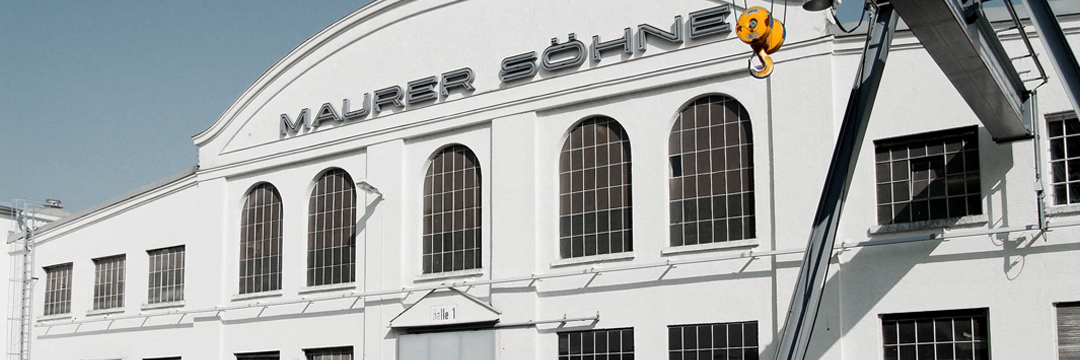
Record bridge in Shanghai with expansion joints from Munich

Munich, Shanghai. Once again, China has built a record bridge: sinceJuly 1, 2020, the Hutong Bridge with a length of 11 km has been connecting Shanghai at the south bank of the Yangtze delta and Nantong at the north bank. For the main bridge featuring a span width of 1,092 m, swivel-joist expansion joints were required that allow for a movement of almost 2 meters in longitudinal direction at both bridge ends. The expansion joints were manufactured at MAURER in Munich.
The “Hutong Yangtze River Bridge” (“Hu” is the abbreviation for Shanghai, “Tong”for Nantong) is a combined railroad/road bridge. The double-decker bridge overthe Yangtze delta is 11,076 m in length. The bridge deck consists of a steel framework girder with four embedded rail tracks, two of which are suitable for velocities up to 250 km/h (155 mph). On the upper deck, road traffic is moving on three lanes in each direction.
Two section bridges characterize the total structure: in the north, a 336-m-long steel arch bridge, in the south, the “largest” cable-stayed bridge worldwide. With a main span width of 1,092 m it is only 12 m shorter than the previous record holder, the Russky Bridge (Russia). The two 325-m-high pylons are the second largest bridge piers in the world, surpassed only by the Millau Viaduct
(France). Since the road on the Russky Bridge features 4 lanes only, the Hutong Bridge in China has now been declared largest cable-stayed bridge in the world. All of the above-mentioned record bridges – Russky, Millau, and now Hutong – are equipped with expansion joints from MAURER.
Контакт c головным офисом
MAURER SE
Frankfurter Ring 193
80807 Munich
Germany
Phone +49. 89. 32394-0
Mail







